- Joined
- Apr 3, 2004
- Messages
- 33,852
You don't understand, In China Xi Jinping have the power to do whatever he wants unlike POTUS. In Nov. Americans can fire Trump but the Chinese people can't ever fire Xi.What do you reckon the outcome would be if this thing broke out in the US first? You think Donald would have declared it a national emergency straight away, locked down the city, and kept all Americans from flying out to the rest of the world?
Last edited:

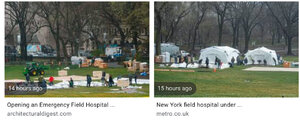
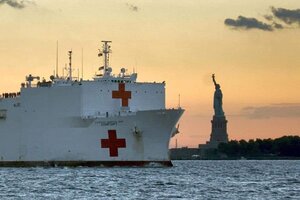

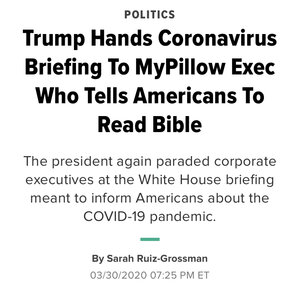
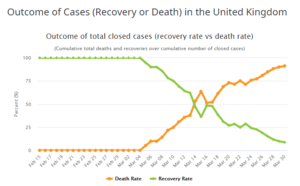
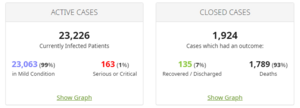


300x240.png)